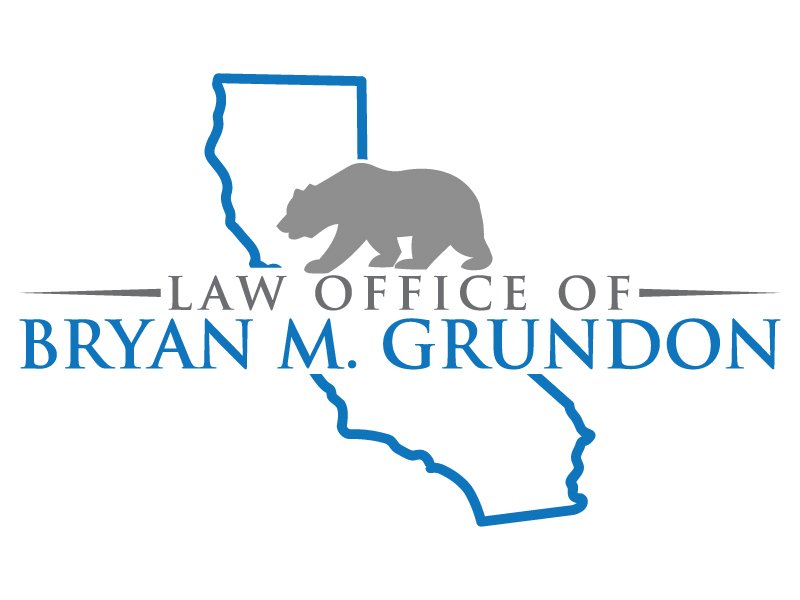The nuts and bolts of preparing a real property levy.
This is a property sold at an execution sale for a client in 2021 for over $2,500,000.00.
This blog post is the nuts and bolts of preparing a real property levy. It assumes you’re you’ve determined that a real property levy is viable. I’ve written a separate blog on that issue here. Once you have determined that a property you have a judgment against is appropriate for a real property levy now you must take all the steps necessary to have an execution sale. This process is highly technical and requires a lot of time and patience.
This property was sold at an execution sale in April 2021 for $2,835,000.00
First, obtain a writ of execution for the county which the sale will take place. Make sure you have included all of the allowable costs and calculated the interest prior to filing a memorandum of costs with the court to seek the writ of execution.
Next, prepare the application for real property levy with the county sheriff in the county where the sale will take place. Each County’s application is slightly different, but it will likely need to include a legal description of the property you intend to execute on (you can typically find the legal description on the deed to the property). You submit it to the sheriff with the writ of execution and the levy fee. Some counties require only a deposit, some to record the levy, and some counties ask for the whole fee to sell the property upfront, which can be thousands of dollars.
The sheriff will process the levy, and if everything is in order they will record it and send it back to you. Once the levy is recorded you must make an ex parte application to sell the property. You must serve it on the sheriff within 20 of days of the levy. https://codes.findlaw.com/ca/code-of-civil-procedure/ccp-sect-704-750/. If the property you seek to sell in the county where the judgment was entered you just use your normal case number. If the property is not, you must file an abstract of judgment in the county where your property located to get a case number to get your ex parte heard and order to sell the property issued.
While you can’t file the ex parte application for the sale of the dwelling until after the levy is recorded, I suggest that you prepare it (and the abstract if your matter is not in the same county as the property you are selling) prior to submitting the levy paperwork to the sheriff.. That way as soon as you get the levy back you can concentrate your efforts on obtaining the ex parte hearing date and getting the application served in plenty of time to meet the deadline.
The ex parte application should identify all of the lienholders, their addresses, and the amount due on each lien (you should have obtained this information when you obtained your litigation guarantee or by sending a letter to senior lienholders, as I mentioned in the first blog on executing on real property). The application should also state whether there is a homestead or a veteran’s exemption, and the fair market value of the property.
If everything is in order with the ex parte application and service the court will set a hearing date for the motion for the order to sell the property. The hearing must take place within 30 days of the ex parte application. Once the court issues the order and gives you the time and date you must prepare a new notice of hearing. The notice of hearing and application for sale must be served on the occupants of the dwelling and posted on the property.


